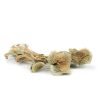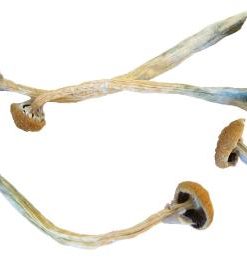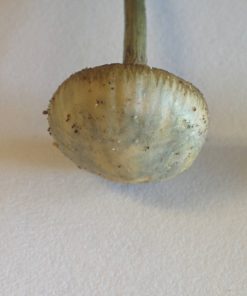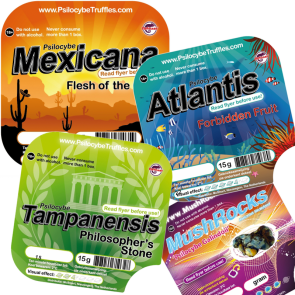Psilocybe Aztecorum
$250.00 – $1,400.00Price range: $250.00 through $1,400.00
Psilocybe aztecorum Mushrooms For Sale | Buy Magic Mushrooms USA
Psilocybe Aztecorum is a species of psilocybin mushrooms known to come primarily from Central Mexico.
Named for its association with the Nahua people AKA Aztecs, who considered these mushrooms holy sacraments and consumed them during spiritual and divinatory rituals to induce hallucinatory visions.
Regarding psilocybin content of this species, Paul Stamets rates P. aztecorum as “moderately to highly active”.
2-4 grams will provide a strong experience. Our customers report that these are very “visual” and come on smooth with pleasant “vibrancy”.
| scientific name Psilocybe aztecorum |
Division Basidiomycota Order Agaricales Genus Psilocybe Rank Species |
|
 |
||
Similar species of Psilocybe Aztecorum
Psilocybe pseudoaztecorum, found in India, differs from P. aztecorum in the morphology of the pleurocystidia and cheilocystidia. The characteristic filamentous neck present in the cystidia of P. aztecorum is absent in P. pseudoaztecorum. P. pseudoaztecorum had been previously described by K. Natarajan and N. Raman as P. aztecorum, but they published the taxon with a new name after consultation with Guzmán. Fresh specimens of P. aztecorum resemble P. pelliculosa, but this latter species is found only in the Pacific Northwest region of the United States and Canada. Like P. aztecorum, the caps of the South African species P. natalensis also bleach to nearly white when dried. The closely related P. baeocystis also bleaches in color to white when dry. Found in northwest North America from British Columbia to Washington and Oregon, P. baeocystis has thinner cheilocystidia than P. aztecorum (typically measuring 20–32 by 4.4–6 μm) and its pleurocystidia, when present, are found only near the gill edge. P. cubensis, known only from Quebec, Canada, has pleurocystidia measuring 12–25 by 5–10 μm. Although the phylogeny of the species comprising section Aztecorum is not known with certainty, Guzmán has suggested that P. aztecorum was the ancestor of P. baeocystis in northwestern North America and of P. quebecensis in northeastern North America.
Entheogenic use
Psilocybe aztecorum contains the psychoactive compound psilocybin. In 1958, Swiss chemist Albert Hofmann reported a relatively low concentration of 0.02% psilocybin, but this analysis was performed on two-year-old specimens. Jonathan Ott and Guzmán indicated the presence of psilocybin in the variety bonartii. In terms of psychoactive potency, Paul Stamets rates P. aztecorum as “moderately to highly active”.
The statue of the Aztec “god of flowers”, Xochipilli, a 16th-century stone effigy unearthed on the side of the volcano Popocatépetl, depicts a single figure seated cross-legged upon a temple-like base; his body is covered in carvings of sacred and psychoactive organisms. Circular patterns on his kneecaps, right forearm, and headdress have been interpreted by R. Gordon Wasson as stylized fruit bodies of Psilocybe aztecorum. Wasson says that the convex shape and incurved margins depicted in these images show the mushroom caps just before maturity. P. aztecorum is, in addition to Psilocybe caerulescens, one of two mushrooms thought to be the species described by 16th-century Spanish chronicler Bernardino de Sahagún as the teonanácatl. The word teonanácatl (Nahuatl pronunciation: [teoːnaˈnakat͡ɬ]) has been variously translated as “sacred or divine mushroom” or as “flesh of the gods”. These mushrooms, considered holy sacraments by the Aztecs, were consumed during spiritual and divinatory rituals to induce hallucinatory visions.
Season:
Psilocybe Aztecorumfruits from August to October.
| Quantity | OZ, 1/4 POUND, 1/2 POUND, POUND |
|---|
Reviews
There are no reviews yet.
Related products
Dried Magic Mushrooms
Dried Magic Mushrooms
Dried Magic Mushrooms
Magic Truffles












Be the first to review “Psilocybe Aztecorum”